Think back to the last time you rode in a taxi – what did you talk about with the driver?
Gridlock on North Anderson Drive in Aberdeen? Storm Babet battering the north-east.
Or perhaps that ludicrous display at the “fitba” last night? What was Barry Robson thinking?
For Professor Peter Exley, who took over as dean at the Scott Sutherland School of Architecture and Built Environment at Robert Gordon University (RGU) in Aberdeen earlier this year, two recent taxi journeys stick in his mind.
‘Unexpected conversations’
Describing what happened after he introduced himself as an architect, Prof Exley said: “Both drivers immediately launched into unexpected conversations.
“The first bragged about his solar photovoltaic (PV) roof, and how it is providing for endless hot showers for his grandkids and electric for his tricked-out tool shed.
“That would be hot water and electrical power absent utility costs – free electric.
“The second driver told me of a young neighbour considering a career as an architect, because they believe it is a good profession as we commit to more resilient home construction and energy transition.
“Both conversations confirm to me we are on to something that makes sense for our bank accounts, our health and the future of our planet.
“I am encouraged, and pleased that everyday conversations are happening on accessible energy transition for you and me.”
For Prof Exley, those conversations are continuing during classes at RGU.
He explained: “Passive building design, and ecologically responsible and sustainable energy-efficient design is at the forefront of what we teach, playing an important role in preparing our students for their professional lives, while addressing the climate emergency and the sustainability of our planet.
“The north-east has a track record as early adopters of industrial developments, and has a strong commitment to vernacular and passive approaches to buildings – eco features can be all of these.”
Insulation and energy efficiency ‘critical’ in Scotland’s often cold climate
Some technologies are especially well-suited to the north and north-east, he said, adding: “Turf roofs provide insulation, reduce storm water runoff and offer a visually appealing, natural element to buildings.
“In places like Scotland – where insulation and energy efficiency are critical due to the climate – green roofs can help regulate indoor temperatures and reduce heating costs.”
Instead of grass-forming turf, Scotland could see a return to the rockeries of the 1970s and 1980s, with succulent plants forming “sedum” roofs.
“Sedum roofs offer an alternative, with less weight and maintenance issues, while adding to biodiversity and air quality benefits,” Prof Exley said.
“Passive walls, which can incorporate various passive solar design principles, are also well-suited for Scotland.
“These features can harness solar energy and help maintain comfortable indoor temperatures without relying heavily on active heating or cooling systems, thus saving energy.”
Prof Exley joined RGU from the School of the Art Institute of Chicago, the city in which he also founded his practice Architecture is Fun.
In 2021 he served as president of the American Institute of Architects (AIA), representing the professional body at the United Nations’ COP26 climate change summit in Glasgow.
The academic also put his words into practice at the AIA by guiding the renovation of its head office in Washington.
Carbon offsetting may be “construed as greenwashing” if property developers use it simply to appear environmentally responsible without making genuine efforts to reduce emissions,” he said.
He added: “Carbon offsetting can result in potentially diverting attention from more meaningful actions to reduce emissions through sustainable architectural design, energy-efficient materials and construction practices.
“In its headquarters renovation in Washington DC, the AIA has invested in PV systems for a local affordable housing project.
“It is using those offsets to significantly impact the utility costs for community members who will greatly benefit.
“That’s evidence of the possibilities that we can address together through community action.”
Creating connections between buildings and their communities
Bringing benefits for communities is also front-of-mind for Andrea Wise, co-founder of Organic Architects.
The Argyll-based company has designed whisky distilleries including Ardnamurchan, Benbecula, Nc’Nean on the Morvern peninsula and Castletown Mill near Thurso.
“One of the interesting things that’s happened is the buildings start becoming really connected with their communities,” Ms Wise explained.
She highlighted how Lindores Abbey Distillery had become the heart of its community in the village of Newburgh in Fife. It now hosts events, while Ahascragh Distillery is breathing fresh life into a disused mill complex that had lain derelict for 60 years in Galway in Ireland.
When it comes to designing sustainable buildings, Ms Wise is a fan of traditional techniques.
“At the end of the day, a grass roof building is basically a plastic roof with a bit of grass on top,” she said.
“You’ve got to do all sorts of complicated things with ventilation to make it work, so it’s not as sustainable as you think it would be.”
Organic Architects specialises in reusing or converting existing buildings.
Ms Wise pointed to the environmental benefits of adapting existing structures because they already have carbon locked away in their building materials.
Harnessing so-called “embedded carbon” rather than generating more CO2 in the production of building materials – such as bricks, cement or concrete – is often seen as a more sustainable option.
When new structures need to be erected, Ms Wise said her firm tries to design buildings using local materials, such as stone, because the building is then more likely to fit into its surroundings and people are more likely to want to keep it and reuse it.
She added: “A lot of the buildings that appear these days – they could be student housing, they could be a school – all look the same and they’ll probably disappear in the future.
“We design buildings with the outlook that they’re going to be there for a very long time.”
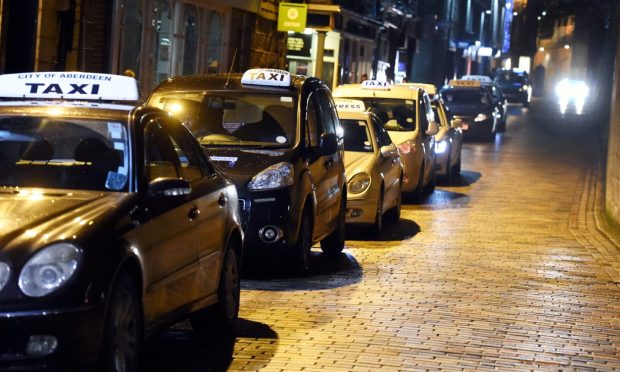

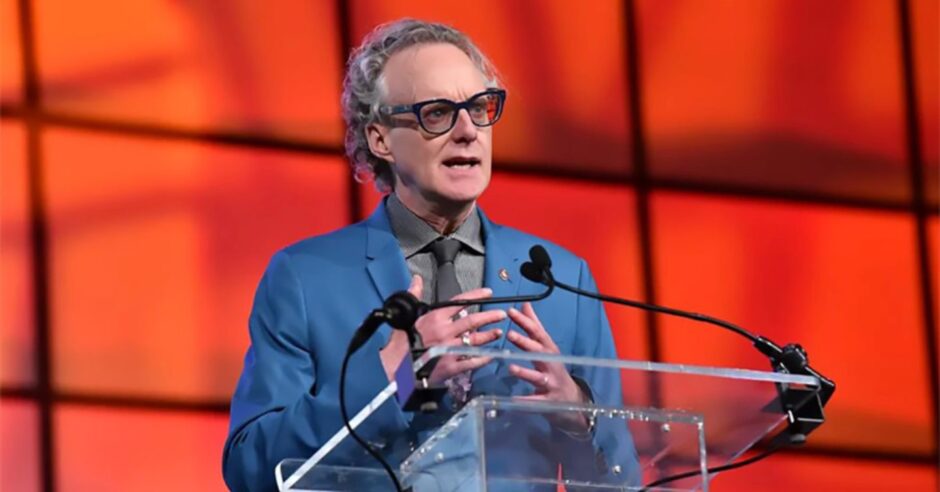
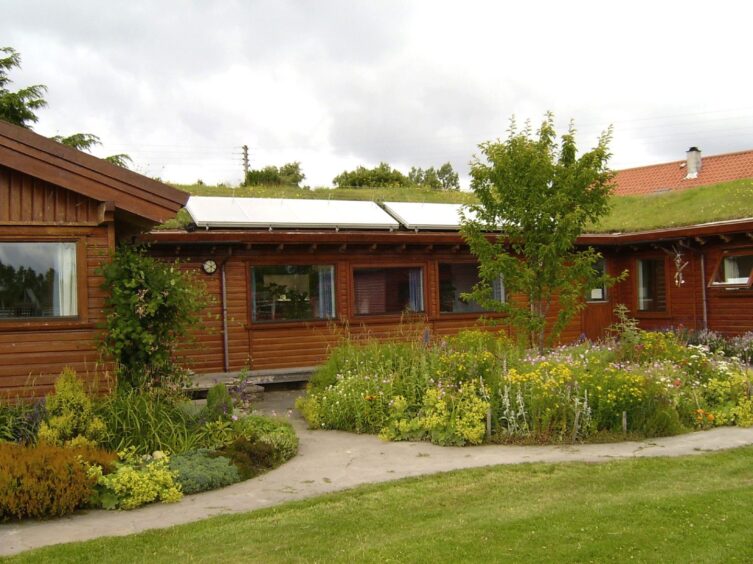
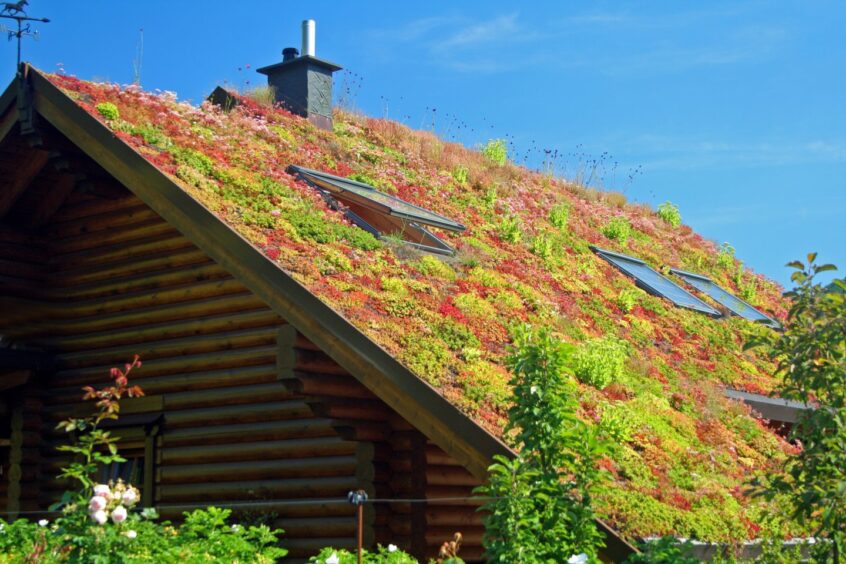
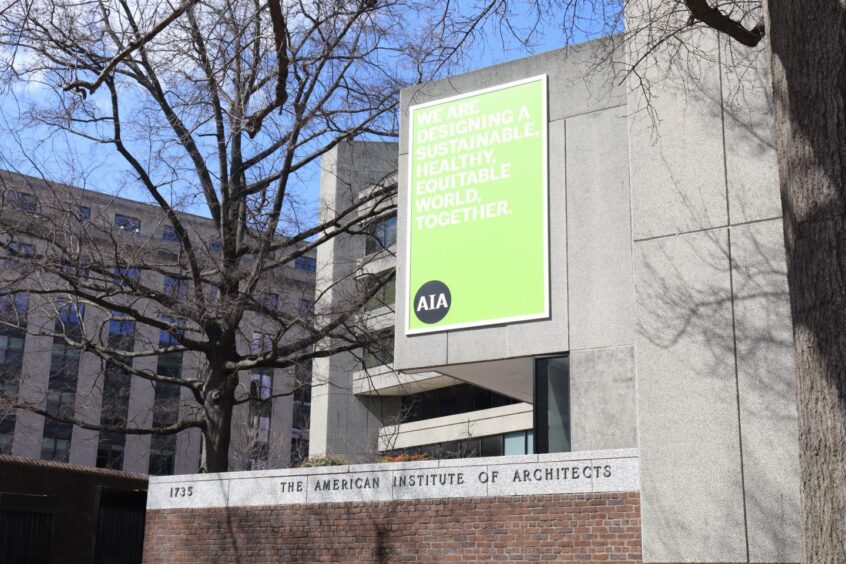
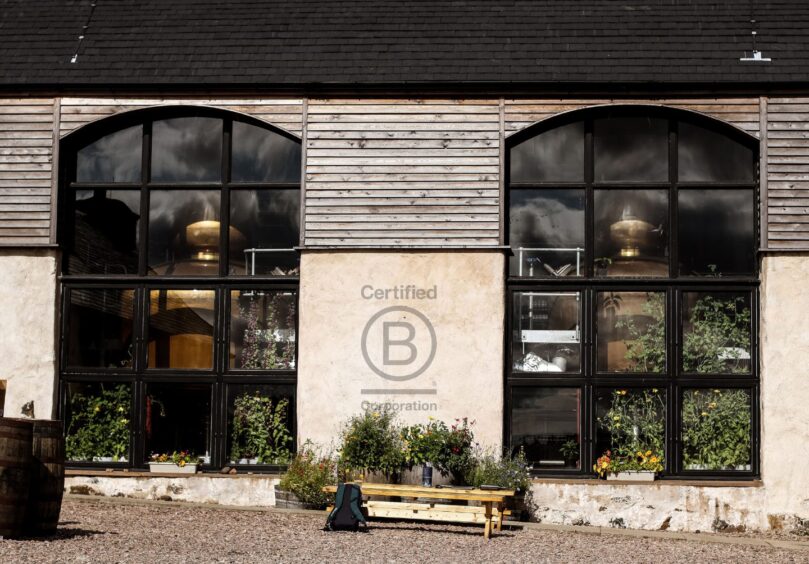
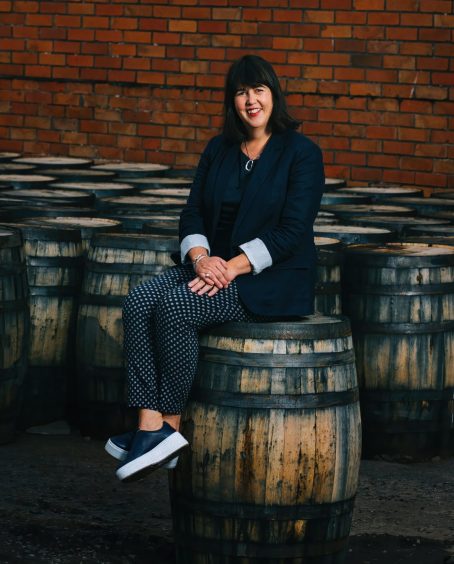
Conversation